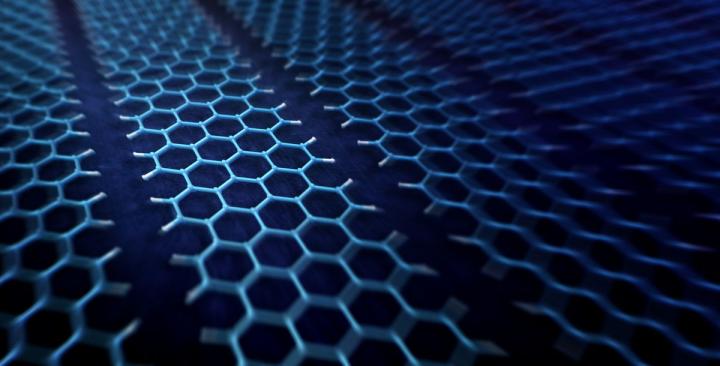
Creating the perfect wearable device to monitor muscle movement, heart rate and other tiny bio-signals without breaking the bank has inspired scientists to look for a simpler and more affordable tool.
Now, a team of researchers at UBC’s Okanagan campus have developed a practical way to monitor and interpret human motion, in what may be the missing piece of the puzzle when it comes to wearable technology.
What started as research to create an ultra-stretchable sensor transformed into a sophisticated inter-disciplinary project resulting in a smart wearable device that is capable of sensing and understanding complex human motion, explains School of Engineering Professor Homayoun Najjaran.
The sensor is made by infusing graphene nano-flakes (GNF) into a rubber-like adhesive pad. Najjaran says they then tested the durability of the tiny sensor by stretching it to see if it can maintain accuracy under strains of up to 350 per cent of its original state. The device went through more than 10,000 cycles of stretching and relaxing while maintaining its electrical stability.
“We tested this sensor vigorously,” says Najjaran. “Not only did it maintain its form but more importantly it retained its sensory functionality. We have further demonstrated the efficacy of GNF-Pad as a haptic technology in real-time applications by precisely replicating the human finger gestures using a three-joint robotic finger.”
The goal was to make something that could stretch, be flexible and a reasonable size, and have the required sensitivity, performance, production cost, and robustness. Unlike an inertial measurement unit–an electronic unit that measures force and movement and is used in most step-based wearable technologies–Najjaran says the sensors need to be sensitive enough to respond to different and complex body motions. That includes infinitesimal movements like a heartbeat or a twitch of a finger, to large muscle movements from walking and running.
School of Engineering Professor and study co-author Mina Hoorfar says their results may help manufacturers create the next level of health monitoring and biomedical devices.
“We have introduced an easy and highly repeatable fabrication method to create a highly sensitive sensor with outstanding mechanical and electrical properties at a very low cost,” says Hoorfar.
To demonstrate its practicality, researchers built three wearable devices including a knee band, a wristband and a glove. The wristband monitored heartbeats by sensing the pulse of the artery. In an entirely different range of motion, the finger and knee bands monitored finger gestures and larger scale muscle movements during walking, running, sitting down and standing up. The results, says Hoorfar, indicate an inexpensive device that has a high-level of sensitivity, selectivity and durability.




